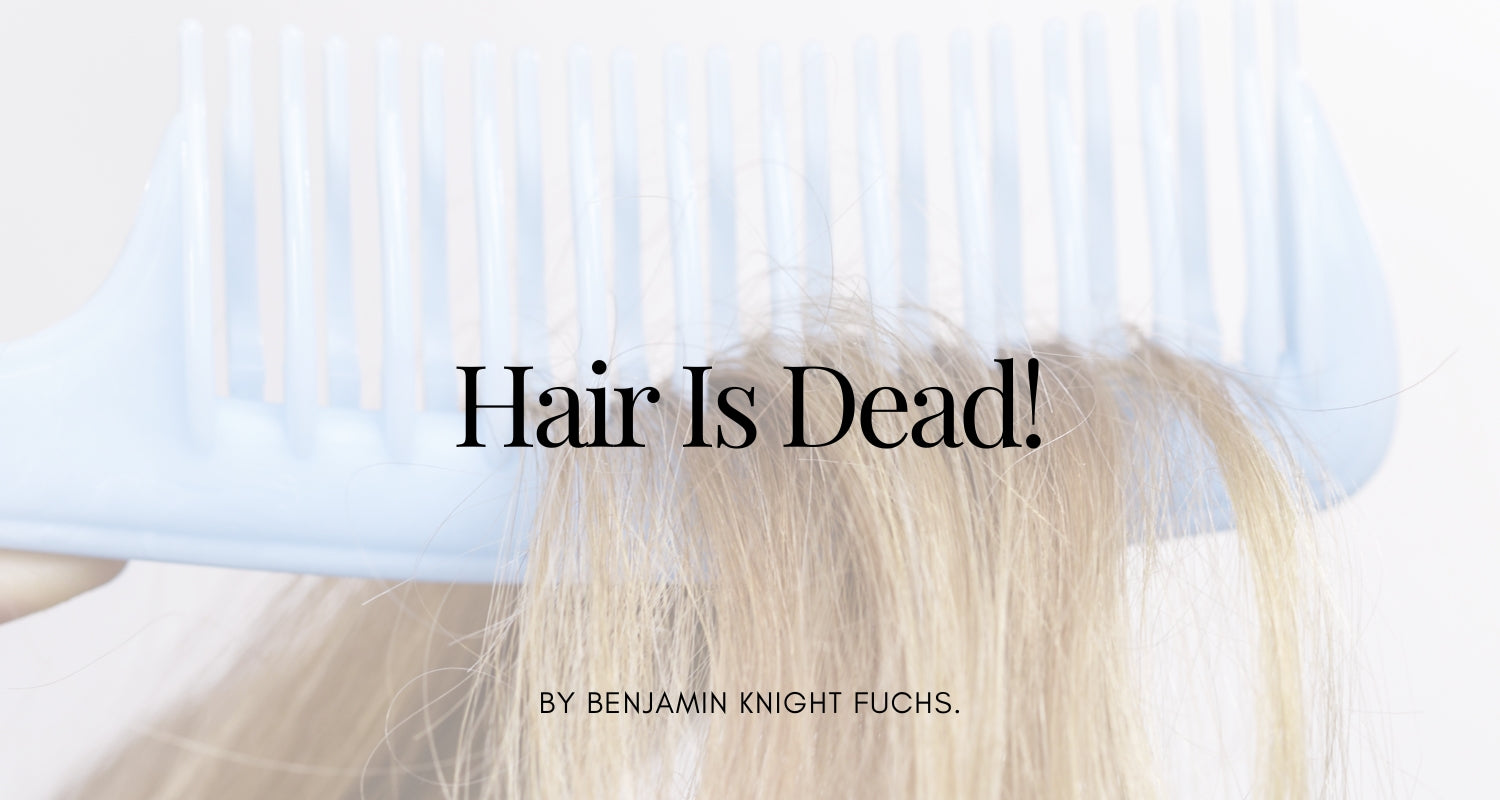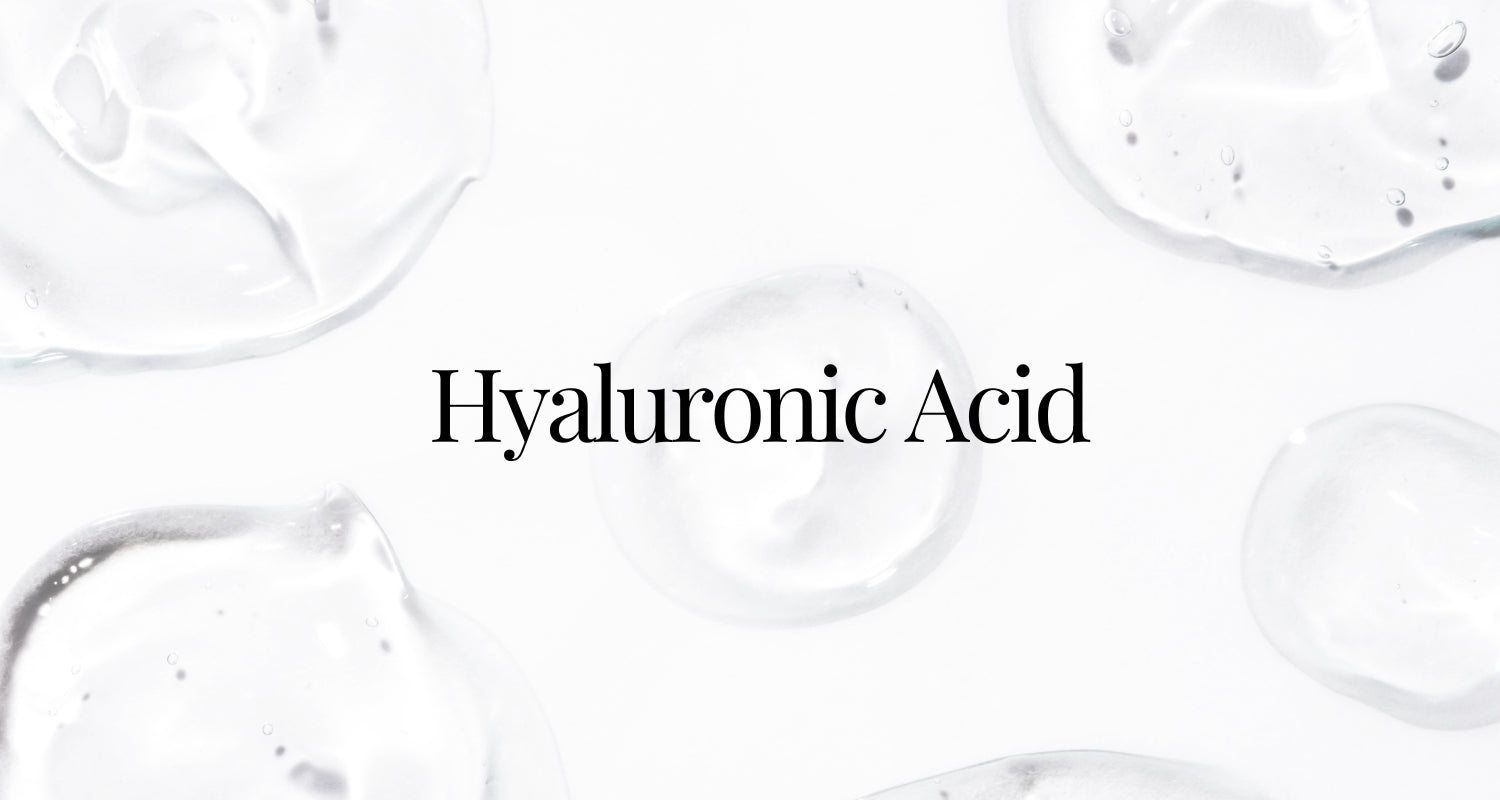Article: Hair Is Dead!

Hair Is Dead!
Hair is dead! By the time the skin appendage has left its hidden home and birthplace in the follicle, and becomes a visible strand of substance, it is nothing more than a hard shell. Because this shell is largely composed only of dead cells filled with protein, the same stuff that makes up human fingernails as well a horse hoofs and rhino horns, trying to enhance hair’s appearance and texture with topical products is like putting lipstick on a corpse. But that doesn’t mean we can’t try! Throughout history luxurious locks have been honored as a sign of fertility, virility, overall vigor and well-being. Men and women around the world have used a wide range of materials to improve its appearance. From ingredients, like the olive oil infused dead lizards or boiled bulls blood (!) used by ancient Egyptians and Greeks, to the more sophisticated high tech chemicals with difficult to pronounce monikers, like “quaternary ammonium complexes” and “polysiloxanes”, all manner of substances synthetic, natural, benign and toxic have been applied to the tresses to encourage growth, shine, thickness and bounce among other desirable characteristics.
Hair is mostly made up of protein. That’s why the more popular hair care ingredients found in modern shampoos and conditioners are the chemically modified extracts of protein-rich grain and seeds. These derivatives purport to enter into the surface of the nonliving hair shaft to provide support and protection by filling in gaps and repairing microscopic defects. Most include an amino acid called “cysteine”. Cysteine contains a little piece of sulfur, the element that is responsible for hair’s resilience and strength. From a quantum chemistry perspective the electronic nature of sulfur makes it very magnetic. It holds on to things and doesn’t let them go, like a really powerful heavy duty magnet. This micro-magnetic grip creates hardness on the macro level. Thus defining cysteine’s role in strengthening the hair shaft (as well as bone, joints and cartilage).
There are various ways manufacturers can leverage the power of cysteine for their hair care products. While you’ll rarely see the actual amino itself listed on your product’s ingredient deck, what you will often find is some kind hydrolyzed protein. Whether it’s from wheat, barley, soy or some other plant product, these hydrolyzed proteins, which contain a significant amount of the hair hardening amino acid, can, theoretically at least, be released and delivered into the hair shaft as your shampoo or conditioner is being applied. The major cysteine containing protein in the hair (and for that matter in nails and skin) is called “keratin” and oftentimes shampoos and conditioners manufacturers will include it as an ingredient in their formulations. L’Oréal, Jason and TRESemme among other companies all have hair products that feature keratin and there’s also hair styling products that have keratin in them. If you do a google search for keratin and shampoo, you’ll find over 5 million hits and if you just take a walk through the shampoo section at Walmart or your favorite grocery store you’ll find dozens of shampoos with names like Keranique and Keralique and Suave with keratin as well as keratin hair oils and keratin conditioners.
Do they work? Probably not. Remember, hair is dead and while keratin is composed of cysteine it isn’t going to be able do much to permanently change the quality of hair by simply applying it topically via a shampoo or conditioner. Keratin containing hair products are more about marketing and misinformation than actual keratin effects; at best keratin may soften hair a little bit by acting as a moisturizer. It’s possible that keratin may get deposited in the hair shaft allowing for a temporary strengthening effect, although that too is unlikely. In the salon world hair stylists CAN make use of keratin and cysteine in a product called the Brazilian Blowout, which is basically a hair straightening treatment utilizing heat and cysteine that breaks and reforms the protein bonds in curly frizzy hair, turning it into smooth straight hair that can last for weeks. Previously most hair relaxers and straighteners simply used heat with a very harsh “alkalinizer” like lye and potassium hydroxide. As it turns out, by using cysteine, typically in in the form of keratin, Brazilian blowout and similar products manage to avoid the use of harsh chemicals and still achieve good hair straightening results. However in recent years it has come to the attention of the FDA and OSHA and other researchers that the Brazilian Blowout product actually achieved their fantastic results with formaldehyde, a not very pleasant carcinogenic chemical that’s used to preserve corpses.
An OSHA study found 60 times the allowable level of Formaldehyde in one Brazilian blowout product, which comprised, at least according to OSHA, 12 % of the product. That’s a lot of formaldehyde! In any case whether or not there is formaldehyde in these kinds of products, hair straightening is by its very nature an aggressive procedure, because the hair’s natural cysteine bonds are so darn strong it takes really aggressive treatments to break them.
Ultimately, like everything else in the body, the health of hair depends on internal nutrients that are ingested, digested and delivered through the blood. That means eating cysteine is a way more important and better option for taking care of your tresses than applying it directly to your hair. Once a hair pokes out of a follicle on the head it is dead tissue. Now that’s not to say that nothing can be done with the appearance of the hair once it leaves the scalp. While it may not be living tissue, it is porous and can absorb certain materials from topical products to improve its appearance.
But if your hair doesn’t seem to be healthy, if it’s limp or brittle and dry, you are probably dealing with an internal issue more than a topical hair issue. Most importantly, hair structure depends on protein, especially the sulfur containing proteins found largely in animal foods, dairy (especially whey), eggs fish and meats. For vegetarians, beans and grains can provide sulfur proteins. Consider using digestive enzymes and apple cider vinegar with protein foods to help release the amino acids and make them more accessible to the hair making cells in the scalp. Using supplements like NAC (as a source of cysteine) and MSM (readily usable sulfur) as supplements can contribute to the pool or raw material for making hair, without violating vegetarian vows. Follicular health depends on Vitamin C, so make sure you’re eating lots of veggies and citrus fruits. You might want to think about supplementing with a gram or two on a daily basis. The B-vitamins, most especially biotin and pantothenic acid has historically been recognized as important for improving cellular energy.
Because hair growth is typically rapid, improving the energy levels of follicular cells may provide significant benefits. No nutrient is more important for the hair than zinc, which not only stimulates its synthesis and growth inside the hair follicle, but also helps balance out the excess male hormones that are associated with hair thinning and loss. Zinc is also involved in hundreds of different biochemical reactions associated with health. Using 50mhg a day of the picolinate form (Zinc Picolinate) will not only keep hair healthy but can also provide general salutatory benefits for the whole body.

